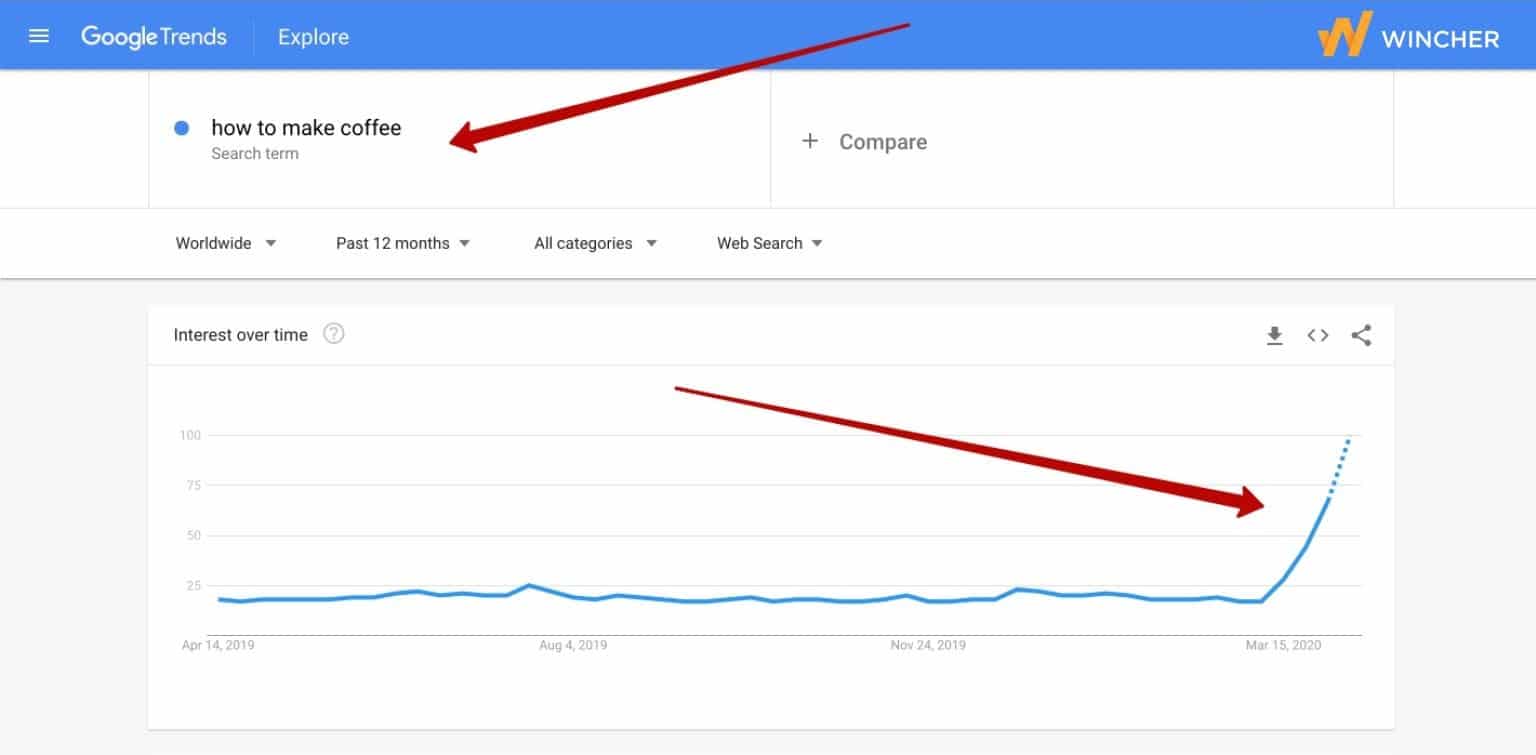As a marketer, you know SEO is important for your brand. You might have tried a few SEO tactics here and there. But were they rooted in a solid SEO marketing strategy? Did they achieve what you expected?
To make sure your SEO efforts are providing the best possible return, it’s important to build your SEO strategy on a strong foundation. Here’s how.
Let’s start with the basics. SEO refers to a set of techniques that improve your digital content’s rank and appearance in search engine results. Within a marketing context, SEO marketing is an efficient way to bring more organic traffic to your website without a high-dollar investment in advertising.
We shared some examples of SEO marketing in our post, What are examples of SEO marketing?
SEO is a rapidly-evolving field and it can be easy to get distracted by the shiny, new tactics your favorite LinkedInfluencer is posting about. But before you get wrapped up in testing new things, make sure you’ve developed an SEO strategy rooted in the fundamentals.
After all, if you don’t get the basics right, any advanced SEO tactics you try will be like building a house on sand. Follow these five steps to develop a solid SEO marketing strategy for your brand.
If you’re working with an established company, this first step might seem straightforward. You’ll create content about what you know: your product. Right?
Identifying your content niche can be trickier than you think. SEO content is not sales-focused. If you only write about yourself (your brand), you’ll capture very little attention from an organic audience.
Your prospect probably won’t search for anything about your company or brand unless they’re way down the funnel and practically ready to buy. And in general, that’s not who your SEO strategy is targeting. You have sales content for those folks.
Instead, focus your SEO content on solving your prospects’ problems. This might expand beyond the problems your product solves. Don’t be afraid to create content about topics outside the specific scope of your product. If it’s related to what you do and you can speak to it with authority, it’s fair game.
Once you’ve identified your niche, it’s time to do some keyword research to find out what your prospects are searching. Here are a few simple (and free!) tactics:

Remember that the goal of your SEO content is not to sell your product. It’s to help your audience. The keyword research phase is the time to truly follow the data. If a keyword doesn’t seem like it will lead to a sale, but it’s a hot topic to your audience, include it in your SEO marketing strategy.
Now, choose a keyword and start creating high-quality content with your audience in mind. What do we mean by quality? Your content should be:
Of course, we’re talking about SEO here - your content must also include your target keyword. If you’ve chosen your keyword wisely, it should naturally fit into the body and headers of your content. In addition, be sure it appears in your title, URL, meta description, and image tags when appropriate.
Okay, you SEO maven, you’ve created some excellent, keyword-optimized content! Your piece might get some attention on its own, but to get the most value out of it, there’s more to do.
The first three steps above are considered on-page SEO (with some technical elements). When deciding which content to show in its results, Google considers more than the on-page and technical SEO factors discussed above. The algorithm also looks for signs that others have found your content helpful: backlinks.
Backlinks are links from external sites to your content, and the best way to earn them is to ask for them. Identify popular sites that your target audience visits. Track down the person or team responsible for their digital content, and ask them to consider linking to your content. Include a summary, how it benefits their readers, and where the link could go.
When you’ve put all this energy into researching, creating, and promoting your content, you absolutely must keep track of how it’s performing. It’s the only way to uncover how your next piece can be even better.
Some common key performance indicators for SEO content are:
As you’re developing your SEO marketing strategy, it’s crucial to be on the same page with leadership about which metrics will indicate success.
Once you understand the foundations, it’s easy to see the benefits of an SEO strategy in digital marketing. A solid SEO strategy can have many benefits, including:
There are many benefits of building a cohesive SEO marketing strategy vs. simply trying a few tactics here and there. Having a thought-out strategy ensures that any adjustments or innovations you try will be built on a solid foundation. With the SEO strategy example above, you can build that foundation and then get creative.